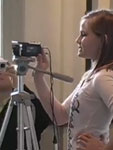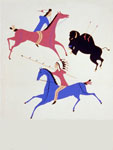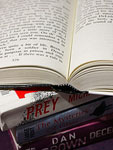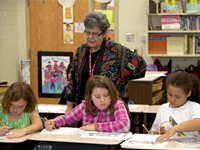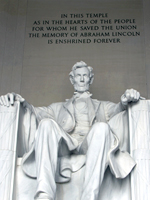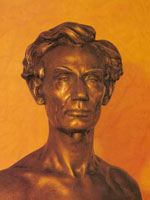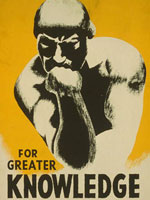Plan Ahead for Professional Development in Spring 2013
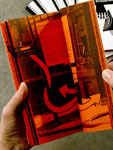
Ready for spring? How about summer? It's never too early to start planning ahead for professional development. Historical societies, museums, libraries, and other institutions across the nation offer workshops, seminars, conferences, and more for U.S. history educators. Visit the websites of your local and state institutions to see what they're planning, and check out these offerings from national institutions:
- American Bar Association and Federal Judicial Center:
Offer a week-long institute on federal trials and great debates in U.S. history. Applications are due by Mar. 1, 2013. - Bill of Rights Institute:
Offers a week-long Founders Fellowship for high school teachers, Jul. 22-26. Fellows explore the intersection of civil and economic liberty in lectures, discussions, and site visits in Washington, DC. Fellows receive a $400 travel stipend, as well as $100 upon completion of post-program activities. Applications are due by Mar. 26, 2013. - Civil War Trust:
Offers two-day regional institutes and one four-day national institute. Institutes require a refundable registration deposit. Registration begins February 2013 for the national institute. - C-SPAN Classroom:
Offers a four-week fellowship for middle and high school teachers. Participants will develop teaching materials using C-SPAN's resources. Fellows receive a $7,000 award. Registration ends Feb. 8, 2013. - Dirksen Congressional Center:
Offers a week-long workshop on teaching about Congress for middle and high school teachers. Requires a nonrefundable $135 registration fee. - Gilder Lehrman Institute of American History:
Offers week-long seminars for full-time K12 teachers. Seminars take place at locations across the U.S. and treat topics from the era of George Washington to 9/11. Requires a nonrefundable $25 registration fee; participants can also register to receive graduate credit. Applications are due by Feb. 15, 2013. - Library of Congress:
Offers summer teacher institutes. Applications are due Feb. 4, 2013. - National Archives and Records Administration:
Offers "Primarily Teaching" workshops for upper elementary- through college-level educators. Workshops introduce teachers to the holdings of the Archives and techniques for using them with students. Requires $100 nonrefundable fee, with graduate credit available for an additional fee. - National Endowment for the Humanities:
Offers two- to five-week seminars and three- to five-week institutes for K12 educators as well as week-long workshops on landmarks of U.S. history and culture (see the full listing). Seminars, institutes, and workshops cover a wide range of topics and emphasize introducing participants to the scholarly process. Provides stipends from $1,200 to $4,500. Applications are due by Mar. 4, 2013. - Smithsonian American Art Museum:
Offers the Clarice Smith National Teacher Institutes, week-long institutes for 612 teachers featuring strategies for connecting art, language arts, and social studies. Requires $200 nonrefundable fee, with graduate credit available for an additional fee; $500 scholarships available. Applications are due by Apr. 1, 2013. - Smithsonian National Museum of African American History and Culture:
Together with the Smithsonian American Art Museum, offers a free online conference, "Oh Freedom!," on teaching African American civil rights history with art. The conference will take place on Feb. 6, 2013; register on the website to participate.
What makes professional development useful? Educators and professional development directors share their thoughts in this Roundtable.
